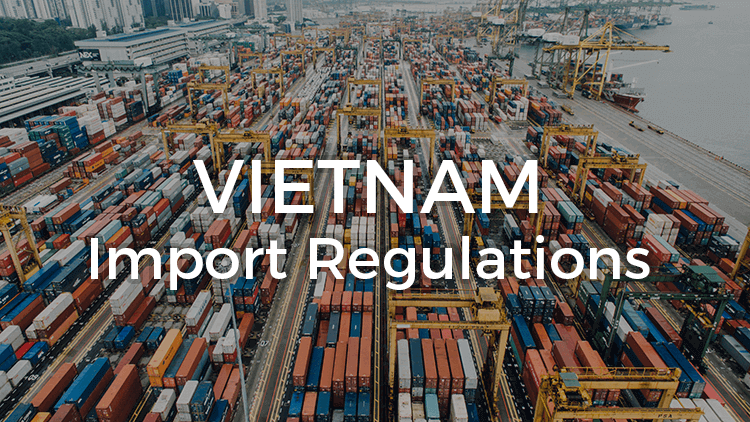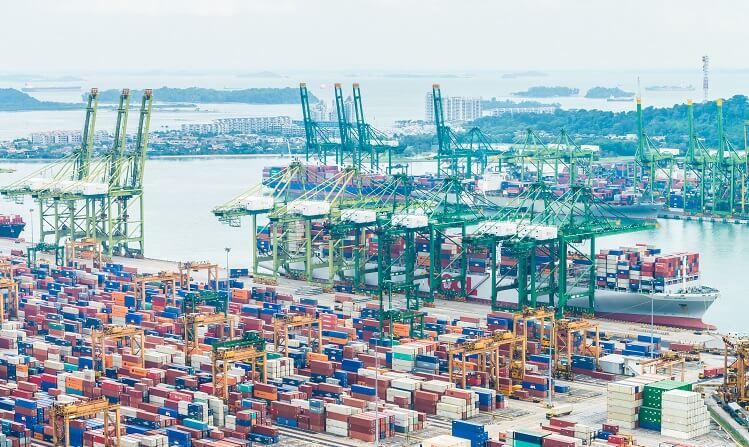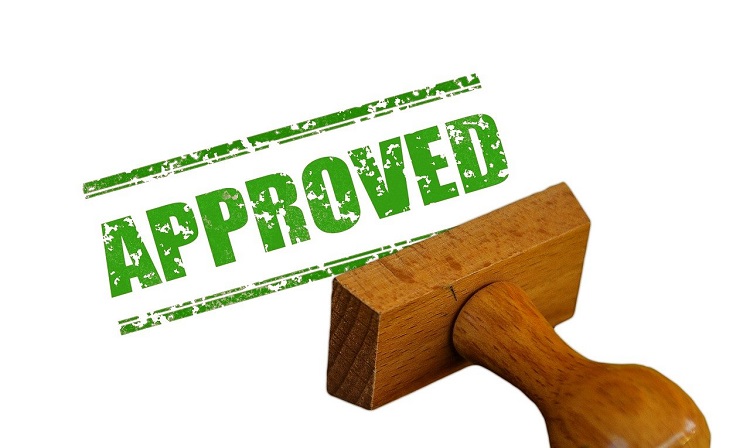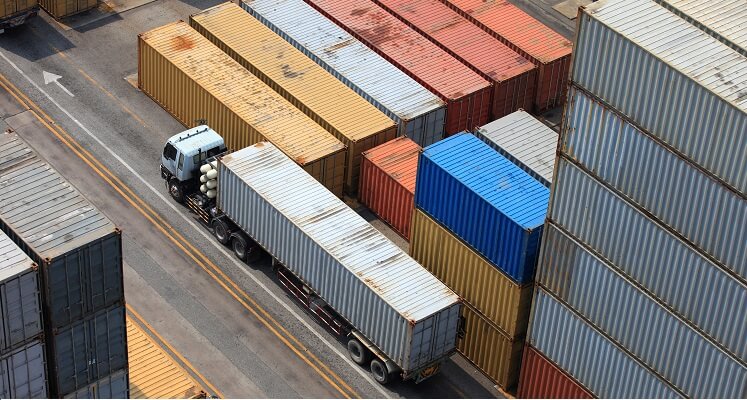Planning to import to Vietnam but not sure where to start? This in-depth Vietnam import regulations explained can be your saving guideline.

With an average annual GDP growth rate of approximately 7.0% (2019), no doubt Vietnam is one of the fastest-growing economies worldwide. Despite its remarkable growth, import to Vietnam is still highly regulated by the government. Below is a detailed guideline of Vietnam import policies as well as other important notifications.
1. Vietnam import license

To import to Vietnam, there are two crucial documents you need to obtain: an investment license and a business registration certificate from the Department of Planning and Investment (DPI). The process of getting these two documents can take up to 3 months.
As with the investment license, you can import and export products to and from Vietnam with it – no need for a separate import license. The same goes for wholesaling your goods to businesses, you don’t need any additional licenses besides the investment license. It is a total perk for businesses seeking a simple and easily-access market.
But be noted that if your target is to sell goods directly to end consumers in Vietnam, you will need to get a trading license. This license can take 6 to 12 weeks to obtain, and you can apply for it after the incorporation and once you have paid the capital contribution in full.
Important notice: List your products and look for related information in Vietnam import regulations before applying for your investment license. If you wish to import additional products in the future, you also have to change the current investment license.
2. Vietnam import licensing procedure

To be eligible for operating import businesses in Vietnam, foreign investors must register for an import license with the Department of Planning and Investment (DPI) of Vietnam.
Furthermore, investors are also required to obtain an Investment Certificate. To firms that have been doing business for a while, it is advisable to adjust their Investment Certificate if they want to engage in import activities.
- Investment Registration Certificate (IRC) – up to 3 weeks
- Business Registration Certificate (BRC) – approximately 1 week with the capital contribution paid in full within 90 days from receiving the BRC
- Trading license – up to 12 weeks, only needed if retail sales are involved
And that’s pretty much it! However, there are certain goods that foreign-based firms are permitted to import into Vietnam according to Circular 34/2013/TT-BCT. But we will get to these later.
3. Import taxes in Vietnam
Before diving deeper into the Vietnam import taxes, let’s get to know some general information about them.
According to Import and Export Tax Law, Object and Non-Object of Taxation can be defined as below:
Object of taxation. Except for merchandises are not objected of import & export taxation, these goods below are the object of taxation:
- Cargo and goods are imported, exported through the Vietnam border
- Domestic goods are brought into non-tariff barriers and goods from non-tariff into the domestic market
Non-Object of taxation. Goods in these specific cases are not an object of taxation:
- Goods in transit or being transported across Vietnam’s border-gates or borders
- Goods transferred through border-gates as provided for by the Government
- Humanitarian aid, non-refundable aid
- Goods imported from foreign countries into non-tariff zones for use in non-tariff zones only, and goods transported from one non-tariff zone to another
- Goods being petroleum portions paid to the State in value as natural resource tax when exported
As the import policies stated, most merchandise transfers into Vietnam are subject to duty. Tax rates vary on the type of goods you want to import. Consumer goods, especially luxury products such as cars, alcohol, and cigarettes may face much higher import duties than industrial materials, equipment, and machinery that are utilized in manufacturing.

The calculation formula for Vietnam Import Tax Duty
Import Tax Duties = Import tax + VAT (if any) + SCT (if any) + EPT (if any)
In which:
VAT: Value added tax
SCT: Special Consumption Tax
EPT: Environmental Protection Tax
Do note that each import tax duty is derived by applying a tax rate to the new value base including import value and all previous tax duties. The sequence for the above taxes comes as: import tax >> SCT >> EPT >> VAT.
You can look for the import tax rate of individual goods based on its HS code (Harmonized system codes). This code also reveals if import goods are liable for other tax duties like VAT, SCT, or EPT.
As stipulated in Import-Export law, the import tax rate is categorized into three different schemes:
- Preferential tax rates: apply to import goods from countries, groups of countries, or territories with which Vietnam has the most-favored-nation treatment in trade relations (aka MFN).
- Special preferential tax rates: apply to import goods from countries, groups of countries, or territories having signed agreement on special import tax preferences with Vietnam. As of April 2020, Vietnam has concluded 13 unilateral and multilateral Free Trade Agreements, namely Vietnam – EU (EVFTA), ASEAN – AEC.
- Ordinary tax rates: apply to all other remaining cases. Decision 45/2017/QD-TTG set out a common rate of 5% for all items belonging to this scheme. If imported goods do not lie in the list, the ordinary rate will equal to 150% of the preferential tax rate of such items.
For example, you want to import a USD $100,000 worth of lacquers into Vietnam, your import tax is:
[$100,000 x 15% (Import tax)] + 0 (no SCT nor EPT for lacquer) + [$100,000 + $100,000 x 15% (Import tax)] x 10% (VAT) = $26,500
Important notice: As claimed by the Vietnam import regulations, with each specific goods, there are specific tax rates. Should you need any assistance regarding tax rates of merchandise, drop us a question at service@bbcincorp.com
Import Tax exemption in Vietnam
According to Article 16 of the Law No. 107/2016/QH13 on export and import duty, there are many other products which are also on the tax exemption list:
- Materials, supplies, and components used for manufacturing
- Goods temporarily imported for re-exports
- Raw materials and components which cannot be domestically produced
- Machinery and equipment that are fixed assets of an entity that is eligible for incentives
- Etc
Prohibited products
The Circular No. 34/2013/TT-BCT of the Ministry of Industry and Trade lists merchandises that are prohibited from import into Vietnam:
- Cigars
- Petroleum oils and oils obtained from bituminous minerals
- Newspapers, journals, and periodicals
- Discs, tapes, and other recorded media
- Second-hand items (including electronics and automotive)
Get to know the Vietnam import regulations and obtaining a requisite license for your business on your own is not entirely impossible. However, in some cases getting your hands on the license or competing with local distributors can be a big-ticket, time-consuming, and more problematic than local firms.
But the good news is the stricter the regulations, the more opportunities you have to exploit in a new market. Let BBCIncorp handle the exhausting process of registration on your behalf.






0 Comments